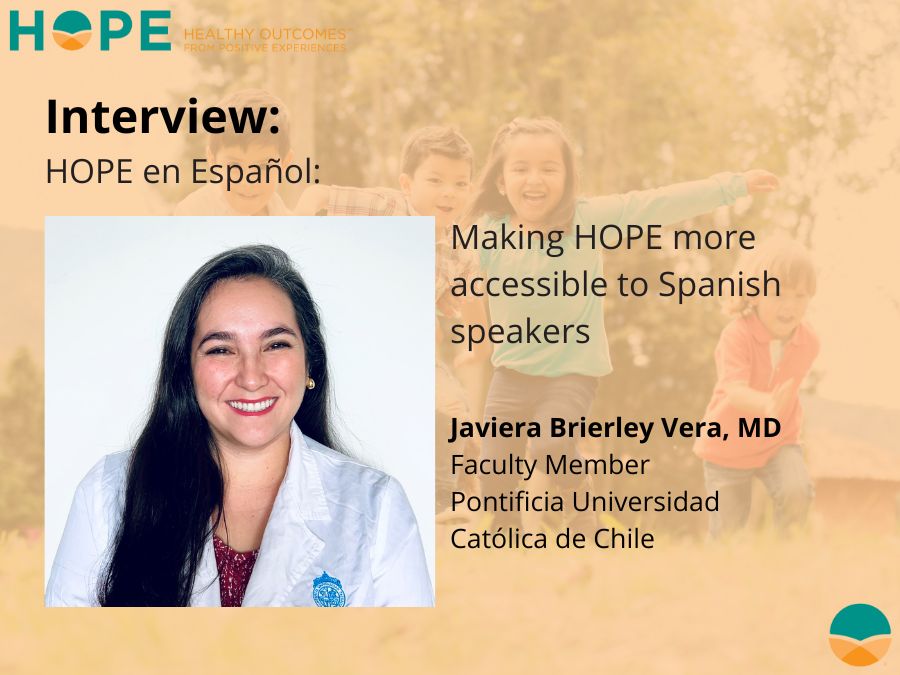
By Allison Stephens, PhD, MEd, and Bob Sege, MD, PhD
Many people, especially those who work in the child welfare system, expected a dramatic increase in child abuse when COVID-19 hit. After all, everything was disrupted, children and their parents were out of school and work, and people were physically isolated from each other. As far as we can tell, there was not a child abuse epidemic. Perhaps the emergency supports offered during the pandemic worked. If so, we can learn from our success.
The HOPE framework, the Center for the Study of Social Policy’s Strengthening Families Approach, and the CDCs Essentials for Childhood, all point to the need for safe, stable, and secure environments for children and families. Preventing child abuse is an important part of giving children access to those environments. For some time, research has shown that family stress and disruption are risks for child abuse. The pandemic caused rising unemployment, distress, isolation, and loss of family supports like child care in addition to the loss of one million lives in the US alone. This increased strain on families raised concerns about a possible epidemic of child abuse.
However, pandemic response efforts allowed family relationships to grow stronger and countless direct service workers to go the extra mile. Even though there are problems that make child abuse statistics interpretation difficult, our analysis shows that child abuse rates likely did not increase. We joined with Amy Templeman, former chair of the federal Commission to Eliminate Child Abuse and Neglect Fatalities and published an opinion piece in The Hill to discuss the reasons why the feared epidemic of child abuse never happened.
Why did child abuse not increase?
Policies that support families matter. Simply put: parents love their children. And support that improves the home environment also improve access to the HOPE building blocks of relationships, engagement, and emotional growth, even during a global crisis. The following groups of policies were important to child abuse prevention during the pandemic.
- Financial supports. Child tax credits, expanded food support, expanded unemployment benefits, and the eviction moratorium gave families stability and brought millions of children out of poverty.
- More family time. The ability to take paid sick leave and work from home gave parents the opportunity to build stronger relationships with their children. Our survey with partners at the American Academy of Pediatrics found that most families – even those under high stress – felt closer to their children during the pandemic.
- Community-based support and service workers. Home Visitors switched to virtual visits and helped families in all kinds of ways. School bus drivers delivered food in rural areas. We even spoke with a school principal who called EVERY child in his elementary school. Communities stepped up to support each other, especially during lockdowns.
The American experience during the pandemic provides new clarity that programs like maternal infant, early childhood, home visiting, and economic supports including the child tax credit, EITC, and SNAP, do in fact work and should be put in-place long-term. After all, we do not need to prevent child abuse only temporarily during the pandemic, but on an ongoing basis. Implementing public policies that support families can prevent child abuse and keep our country experiencing HOPE (Healthy Outcomes from Positive Experiences).
Photo by Aubrey Odom on Unsplash


